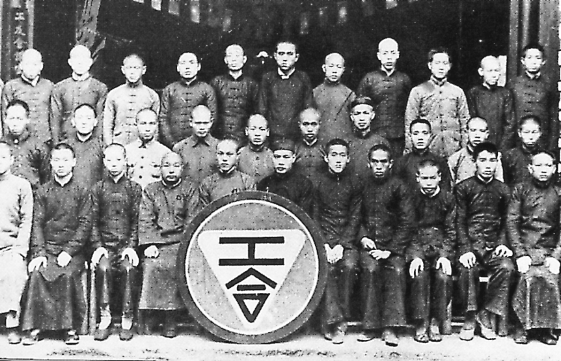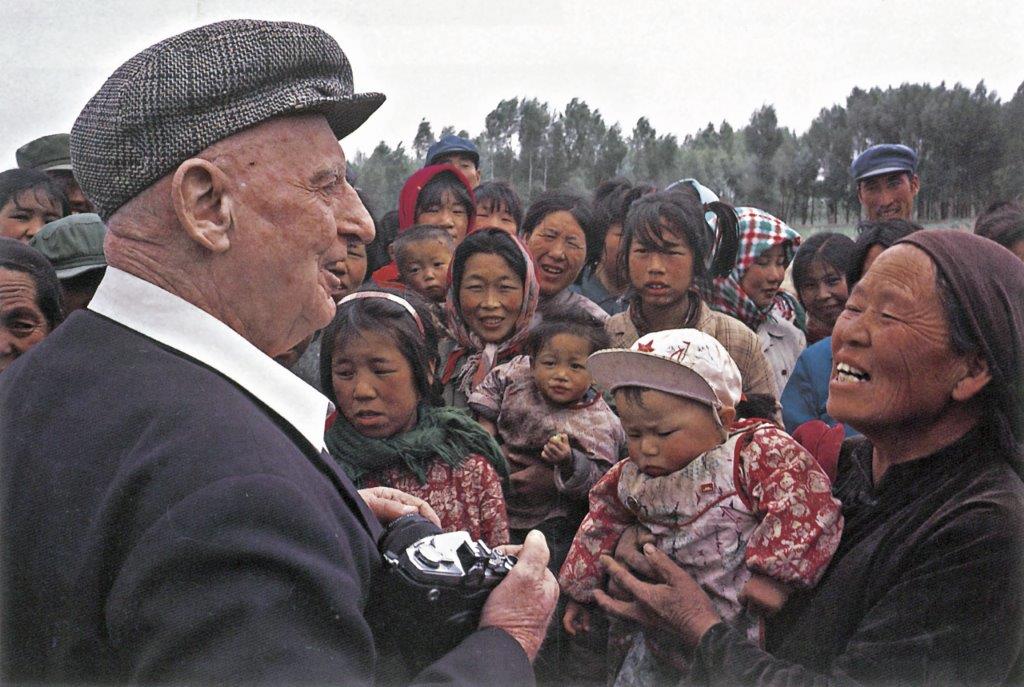What were the achievements of GUNG HO—the movement of the Chinese Industrial Co‑operatives?
One story expresses the sense of something accomplished. ‘One winter day in his endless travels (Rewi) woke with the dawn to see a long string of camels threading the mountain pass laden with boxes of freight, and on the leading camel the bravely‑flaunting red triangle of Indusco.’
Undoubtedly, GUNG HO was an eminently successful movement. It expressed the people’s determination to fight the invaders of their country, by producing supplies for their own armies.
Thousands of people were able to make a living, even though they had fled from their own towns. It had been proven that industry in China need not be concentrated along coastal areas, but that small groups, working together, could produce quality goods throughout the country. The ordinary Chinese man and woman were shown to have the ability, intelligence and common sense to organise themselves into successful working units.





